
New releases of these ever-popular flowering plants (which have indigenous forefathers) appear every year, and the good news is that they have more compact but multi-branching growth habits, more abundant flowers and better disease-resistance – we thank the untiring and dedicated breeders for this. Due to their efforts and the growing skills of our local trade, we can fill our pots, barrels, window boxes and beds with the latest zonal pelargoniums, and plant up hanging baskets, window boxes and retaining walls with tough and trailing ivy-leaved pelargoniums.
Flowering time
Most of the modern varieties flower repeatedly throughout the year, but the natural flowering peaks are in spring and again in autumn when the temperatures are more moderate.
The best climate
In very cold regions, these plants should either be treated as annual summer colour or planted in very sheltered areas. In temperate, warm to dry regions your pelargoniums will be biannual or perennial, flowering and growing well for quite a few seasons before you’ll need to replace them with fresh plants. They will also flourish in humid, subtropical regions, but you should then be aware of the possibility of fungal diseases and treat the growing medium preventatively for it.
How to grow them
Although pelargoniums are easy to grow and quite tough, they have a few specific requirements to keep them in flower:
Position: Full sun is perfect, but a good few hours of morning sun and afternoon shade will also work.
This story is from the August 2020 edition of The Gardener.
Start your 7-day Magzter GOLD free trial to access thousands of curated premium stories, and 8,500+ magazines and newspapers.
Already a subscriber ? Sign In
This story is from the August 2020 edition of The Gardener.
Start your 7-day Magzter GOLD free trial to access thousands of curated premium stories, and 8,500+ magazines and newspapers.
Already a subscriber? Sign In
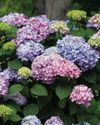
A Touch of Class
A cut above the rest and attractive enough to fill all the spaces you can see in your garden or in pots...

Bordering on food aggression!
The economy, fires, drought, Russians, fuel prices, and politicians, dictated what we ate in my youth. The only exception was that Eskom worked...

Quarantining new koi fish
Give your new koi the best start

Big deal GLADIOLI
To get balance in a flower bed, we rely on tall flowering plants to provide height and show off amazing blooms. One of our favourites to plant are gladioli. They might look impressive, come in some gorgeous colours, and are great for a vase, but they are also easy to grow with a few golden rules.
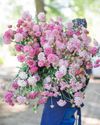
PRETTY FILLER Scabiosa
There are over 70 varieties of Scabiosa (pincushion flower) in both the annuals and perennials categories with arguably some of the best ones local to our country, and excellent pollinator attractors too.
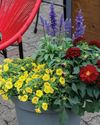
TRIPLE treat
A floral combo that's bursting with colour
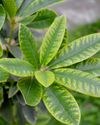
CHLOROSIS how to fix it
Chlorosis is not a death sentence for your plants. With prompt identification and the right interventions, you can restore your plants to their lush, vibrant selves.
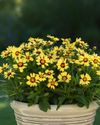
COREOPSIS 'UpTick'
For an easy-to-grow, tough perennial, with masses of pretty blooms, plant Coreopsis hybrids and watch the bees and butterflies come into your garden.
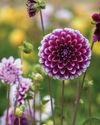
Decorative Dahlias
With a little basic care, you can grow these showstopping plants in your own backyard with minimal effort.
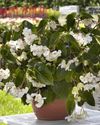
The beauty of BEGONIAS
For endless colour and a garden that looks vibrant throughout the seasons, these are your go-to choices.